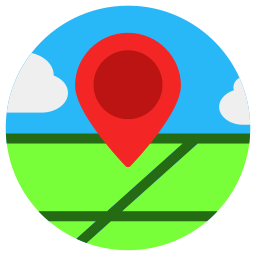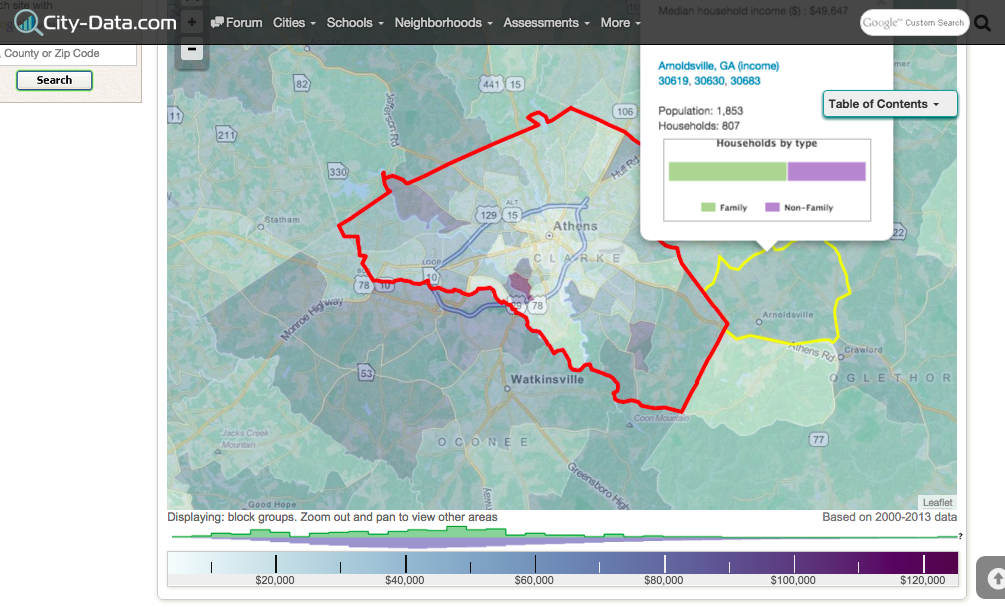 As a small business owner, it’s easy to get the impression that if you just crank out some blog posts, you’ll automatically rocket to the top of search engines.
As a small business owner, it’s easy to get the impression that if you just crank out some blog posts, you’ll automatically rocket to the top of search engines.
We hear “content is king” all the time, but that doesn’t mean any ol’ content will do.
Value Beyond Search
First off, it should be said that the business case for a blog is not just to get your business found on the web. It’s also a customer validator that can help you close the deal. It builds trust, demonstrates expertise, showcases success, and more. As my 11th grade English teacher memorably told me during a discussion on the Great Gatsby: “Nobody buys car insurance from a guy in a piece-of-junk car.”
That little disclaimer aside, let’s talk about using your blog to get found on the web by people in your area.
Connect Your Content
If you’re a local business, you don't just exist in “the cloud.” You are grounded in the real world. That’s why it’s so important to connect your content to the community that you serve. Otherwise, your geo-generic content is forced to compete nationally, a huge and unnecessary undertaking.
Cloud-to-Community
 It’s your job to make sure your blog connects to the local community, like a kite string from the Internet cloud direct to your location. That’s an indulgent metaphor I know, but I’m the prima donna search marketer so deal! 😉
It’s your job to make sure your blog connects to the local community, like a kite string from the Internet cloud direct to your location. That’s an indulgent metaphor I know, but I’m the prima donna search marketer so deal! 😉
Anyway, I call this process “Cloud-to-Community,” or “Cloud-2-Community,” if you think that’s cooler.
It involves asking yourself three questions before you set out to draft a blog post.
Three Questions to Ask Before You Blog
What are people searching for?
I don’t just mean what people literally search for, though that’s certainly part of it.
Purchase decisions to some degree always follow the sales process of awareness, interest, consideration, and conversion.
When you’re developing content, you want to make sure that it in some ways addresses at least one of these stages. Otherwise, what’s the point?
This approach helps you with search engines because it helps you create positive user experiences for customers. Most people do OK on this one, which is great because it’s an important part of your blog strategy.
Who in my community will share this post, and why?
 We call this “building in shares.” The goal of your content here is to support the community in your posts. In doing so, you will inevitably talk about and link to businesses and organizations in your community in a very natural way. That’s great for local SEO!
We call this “building in shares.” The goal of your content here is to support the community in your posts. In doing so, you will inevitably talk about and link to businesses and organizations in your community in a very natural way. That’s great for local SEO!
For example, you could feature an interesting vendor or client, write about the services you provided a local non-profit, or do a quick writeup of a charity or networking event you attended.
Chances are, these flattered folks would be more than happy to re-share your content on social media if tagged appropriately and asked politely. Search engines definitely keep track of these “social signals.”
Get down with OPA
Not only can this sort of locally-focused content help you compete in search engines, it also exposes you to OPA. What’s that? Other People’s Audiences.
If you’re just sharing your great content with the same 74 friends who Liked your Facebook page when you created it, how will anyone else find out what a great local business you are?
Social shares of your content expose you to all sorts of new potential customers — most of which immediately start to size you up. How cool that their first impression of your brand is your service to the community!
How am I connecting this post back to my community?
Not every post can be a killer interview or nonprofit collaboration, but the Cloud-to Community concept applies to your other posts, too.
One problem I see a lot is that people are quick to bite off more geographic territory than they can chew. If you want to show up for something in Atlanta, it doesn’t pay to just talk about Atlanta, Atlanta, Atlanta all day long. That’s what the other three thousand salons or whatever are doing, it comes off as a bit spammy, and it doesn’t work.
What you can do is narrow your focus to target neighborhoods.
Did you go out on a service call to Atlantic Station? Do a quick writeup with some before/after pics and note the neighborhood in your post and URL.
Did someone in Inman Park buy a nice chair from your store? Request a picture, and alert the world that you are supplying that fine neighborhood.
Do people tag your great stuff on Instagram? Embed the image in a post and talk about where that person is in your town.
An Instagram pic like this could be an easy win for a local company — with just a re-share, Middle Ground Farm has itself a visual testimonial.
Same goes for Tweets:
So I get it now I think, so some businesses are just too cool for brick/mortar business hours on their website? — Stephen Rosenberg (@smrosenberg) July 28, 2015
OK, I chose that tweet just to remind you to check your site...
Get Methodical
By working through counties and even target neighborhoods, you can begin to “show” search engines like Google that you have the chops to compete at the wider city level.
You have limited time though, so prioritize. Where do your customers live? Are they higher-income? Have families? Of a certain age? Rent or own?
You can use nifty sites like city-data.com to find out all sorts of useful information to help you target potential customers, both through your blog and paid search campaigns (though we’ll save paid search geo-targeting optimization for a future post).
Maps themselves are a great source of keyword ideas, since, chances are, there are neighborhoods you’ve never heard of in target areas.

Blog Smarter, Not Harder
Blogging can be very frustrating if you feel like you’re spinning your wheels and not seeing results. While not every post needs to address all three of the above questions at once, try to focus on the first and at least one of the others.
This sort of Cloud-to-Community strategy will anchor your site to the areas you serve, help boost your performance in local search results, and build your brand and audience all at once. Smarter not harder. Now get to it!

